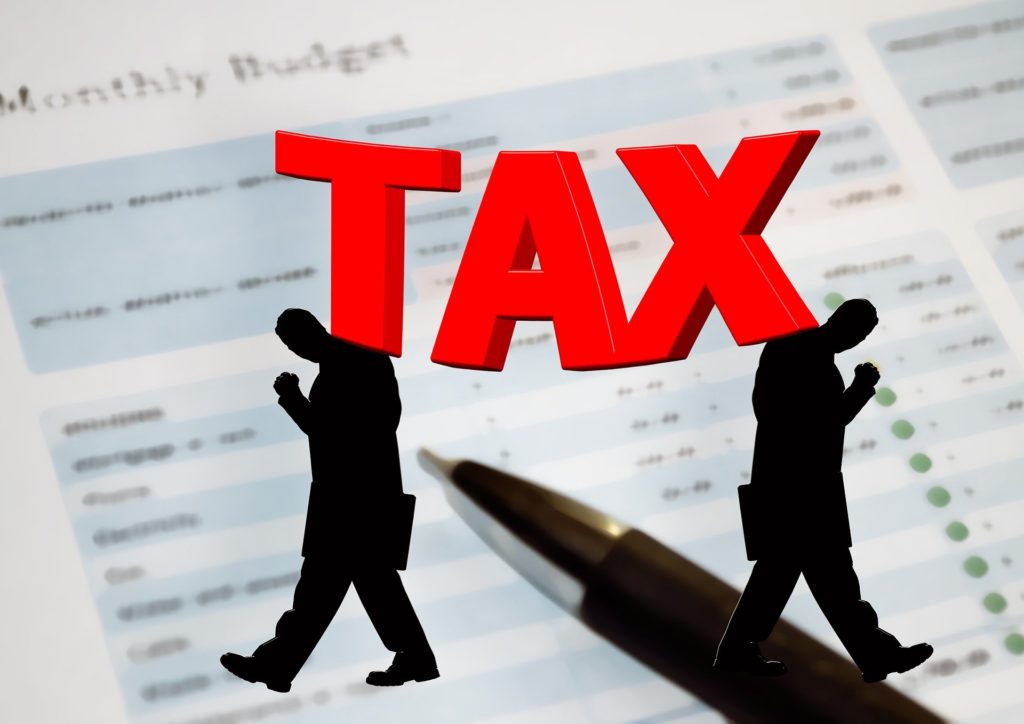With a new tax year come the new tax rates and allowances. Although there has not been a great significant change in the rates and allowances for 2020/21 compared to 2019/20, there have been some changes.

So here are the main small business tax rates and allowances for the tax year of 2020/21.
Corporation Tax
- You have to pay 19% Corporation Tax if your profit falls below £300,000.
- If your annual profit exceeds £300,000 then you have to also pay a 19% Corporation Tax. You can find out more in our corporation tax guide.
Value Added Tax (VAT)
- You have to register for VAT if your turnover over the past 12 months is £85,000 or more.
- The de-registration threshold is £83,000.
Dividend Tax
- Tax on dividends is paid at a rate set by HMRC on all dividend payments received.
- Anyone with dividend income will receive £2,000 tax-free, no matter what non-dividend income they have.
- Dividend basic rate is 7.5%. £0 to £37,500 on taxable income over the Personal Allowance in England.
- The dividend higher rate is 32.5%. £37,501 to £150,000 on taxable income over the Personal Allowance In England
- Dividend additional rate is 38.1%. Over £150,000 of taxable income.
Income Tax – Personal Allowance
- The personal allowance (the amount you can earn before any income becomes taxable) is £12,500.
- You will not receive a tax-free personal allowance at all if you earn £123,700 or more.
Income Tax Bands
- The basic rate band is 20% and applies to income of up to £50,000.
- The higher rate band is 40% and applies to income from £50,001 to £150,000.
- The upper (additional) rate band is 45% and applies to income of £150,000 and above.
National Insurance Contributions (NICs)
- If you run a company (or work for one), then Class 1 NICs apply.
- Employees’ Class 1 NICs are payable at 13.8% on salaries received over £169 per week.
- Employers’ Class 1 NICs are payable at 13.8% on earnings above £169 per week.
- For sole traders and partnerships, you pay Class 2 and Class 4 NICs.
- Class 2 NICs are payable at £3.05 per week and are paid by anyone earning £6,475 or more through self-employment during the tax year.
- Class 4 NICs are paid on profits you make as a self-employed person. The Class 4 NIC rate is 9% of annual profits between £8,632 and £50,000, and an additional 2% on profits above £50,000 per year.
- Read our guide on National Insurance for further information.
Pensions Savings Tax Relief
- The annual allowance limit remains at £40,000.
- The maximum tax-free lump sum is 25% of your pension pot.
Pension Auto-Enrollment Rates
You have to pay 8% (3% minimum contribution from employer and 5% contribution from employee) on salaries ranging from £6,240 – £50,000.
Individual Savings Accounts (ISAs)
- The overall ISA investment limit remains £20,000.
Capital Gains Tax
- If you pay higher rate income tax you’ll pay 28% on your gains from residential property, and 20% on your gains from other chargeable assets.
- If you pay basic rate income tax you’ll pay 18% on your gains from residential property, and 20% on your gains from other chargeable assets.
- You’ll pay 10% if you’re a sole trader or partnership and your gains qualify for Entrepreneurs’ Relief.
- Each individual has an annual CGT exemption of £12,500.
Capital Allowances
- The Annual Investment Allowance (AIA) is £200,000 and has remained at this since 2016.
- First-year allowances remain at 100%.
More on small business tax rates and small business tax rates and allowances for 2019/20.


Follow Company Bug